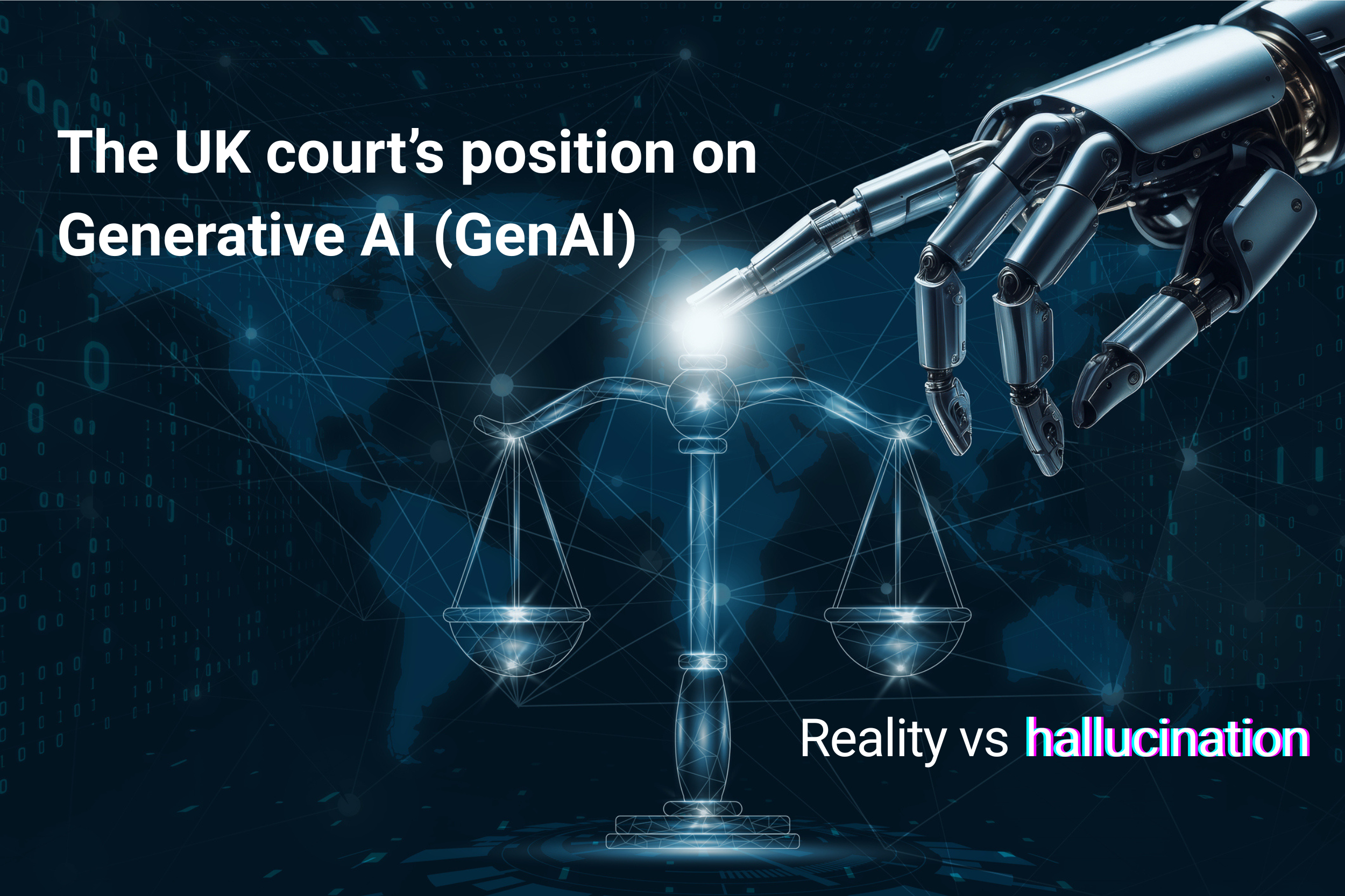If you could click once and let Al do your disclosure ... would you? Should you?
The idea of the "perfect review" is closer than ever - but what are we risking to get there?
General enquiries: 0800 064 0204
eDiscovery: 020 7242 9601
Reprographics: 020 7405 9178
57 Carey Street, London, WC2A 2JB
Email: info@legastat.co.uk
2 min read
Paul Fox : Jan 9, 2024 11:41:30 AM

In a recent blog article, we examined seven reasons why the paper bundle may remain an integral element of the legal profession for many years and may be experiencing something of a revival. We highlighted how the physical act of turning pages, annotating documents, and the physical, tactile interaction with the pages improves the reader's understanding of a chronology and the identification and understanding of specific details, compared to reading on a screen. I am sure you would agree that these are critical skills for any lawyer.
In this blog, we examine the specific studies by Mangen and Velay (2019) and Singer Trakhman (2016) and shed light on the unique advantages of reading on paper, particularly in contexts where understanding chronology and capturing details are crucial. Of course, this is particularly relevant in the legal field, where the nuances of timelines and the subtleties of such information can be pivotal.
Understanding Chronology: The Mangen and Velay Study
Mangen and Velay's study unveils a captivating insight: reading long texts on paper enhances our grasp of their temporality, the dynamic progression of events. This finding is particularly impactful in legal settings, where discerning the exact order of occurrences can be critical to the outcome of a case. But what gives paper its unique edge? The tangible experience - the texture of the paper under our fingertips, the physical action of turning pages - enriches our engagement with the text. These sensory interactions do more than guide us; they deeply embed the sequence of events in our memory, enabling us to reconstruct and comprehend the chronology of events with remarkable precision.
Capturing Details: Insights from Singer Trakhman's Research
Singer Trakhman's research highlights a striking observation: the reader's propensity to miss finer details when reading on digital screens. In the meticulous world of legal practice, where every nuance can be crucial, the capacity to fully absorb and accurately remember intricate details from documents is paramount. The study delves into how the traditional paper format naturally fosters a deeper, more comprehensive understanding of texts – a level of detail and engagement that digital screens often fail to replicate. This revelation suggests a fascinating interplay between the medium of reading and the quality of comprehension, especially critical in fields where precision is vital.
The Legal Implications
Given the importance of chronology and attention to detail in legal work, these findings support the continued, and possibly resurgent, relevance of paper bundles in legal settings. While digital tools provide convenience and efficiency, paper's inherent qualities in supporting deeper comprehension and retention of complex information make it an indispensable tool for lawyers. This research suggests that, far from being antiquated, paper bundles are a vital component of effective legal practice.

The idea of the "perfect review" is closer than ever - but what are we risking to get there?

For years, the battleground has looked familiar.

Reality vs hallucination Cambridge dictionary’s word of the year for 2023 is “hallucinate”. You may think that hallucination is something only humans...